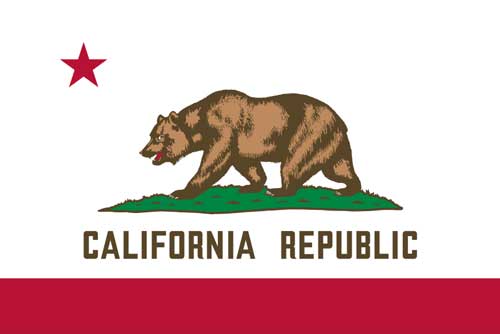Victorville | Torrance | Thousand Oaks | Temecula | Sunnyvale | Stockton | Simi Valley | Santa Rosa | Santa Clarita | Santa Clara | Santa Ana | San Jose | San Francisco | Roseville | Downey | Pasadena | Ontario | Oceanside | Murrieta | Vallejo | San Diego | San Bernardino | Scottsdale | Salinas | Sacramento | Riverside | Rancho Cucamonga | Long Beach | Irvine | Huntington Beach | Fontana | Fairfield | Chula Vista | Chico | Berkeley | Garden Grove | Glendale | Anaheim | Pomona | Oxnard | Oakland | Modesto | Gilbert | Fresno | Fremont | Escondido | Corona | Concord | Chandler | Carlsbad | Bakersfield | Ventura | Hayward | Los Angeles
California is one of the most expensive states for daycare in the U.S., with costs influenced by high urban demand, regulatory requirements, and elevated staffing expenses. Urban hubs like Los Angeles and San Francisco see weekly daycare fees for infants reaching $300 to $400. Rural areas may have slightly lower costs, averaging $200 to $250 weekly, but access can be limited.

The high cost of daycare in California can be attributed to several factors:
These elements contribute to the state’s reputation as one of the most challenging for families seeking affordable daycare.
California’s daycare system is defined by essential components aimed at quality and accessibility:
These services ensure high standards, though accessibility and affordability remain significant challenges for many families.
California’s government has implemented several programs to address daycare affordability and quality:
While these measures alleviate some financial strain, the high demand in urban areas continues to outpace supply.
Daycare costs in California show significant regional differences:
These disparities highlight the state’s need for improved access and affordability across all regions, especially in underserved areas.
California’s daycare landscape reflects the complexities of high costs, strong demand, and regulatory compliance. Urban centers like Los Angeles and San Francisco offer high-quality options but at premium prices, while rural areas struggle with limited access. Expanding state subsidies, building more facilities, and addressing workforce shortages are critical steps toward ensuring equitable and affordable childcare for all families in the state.